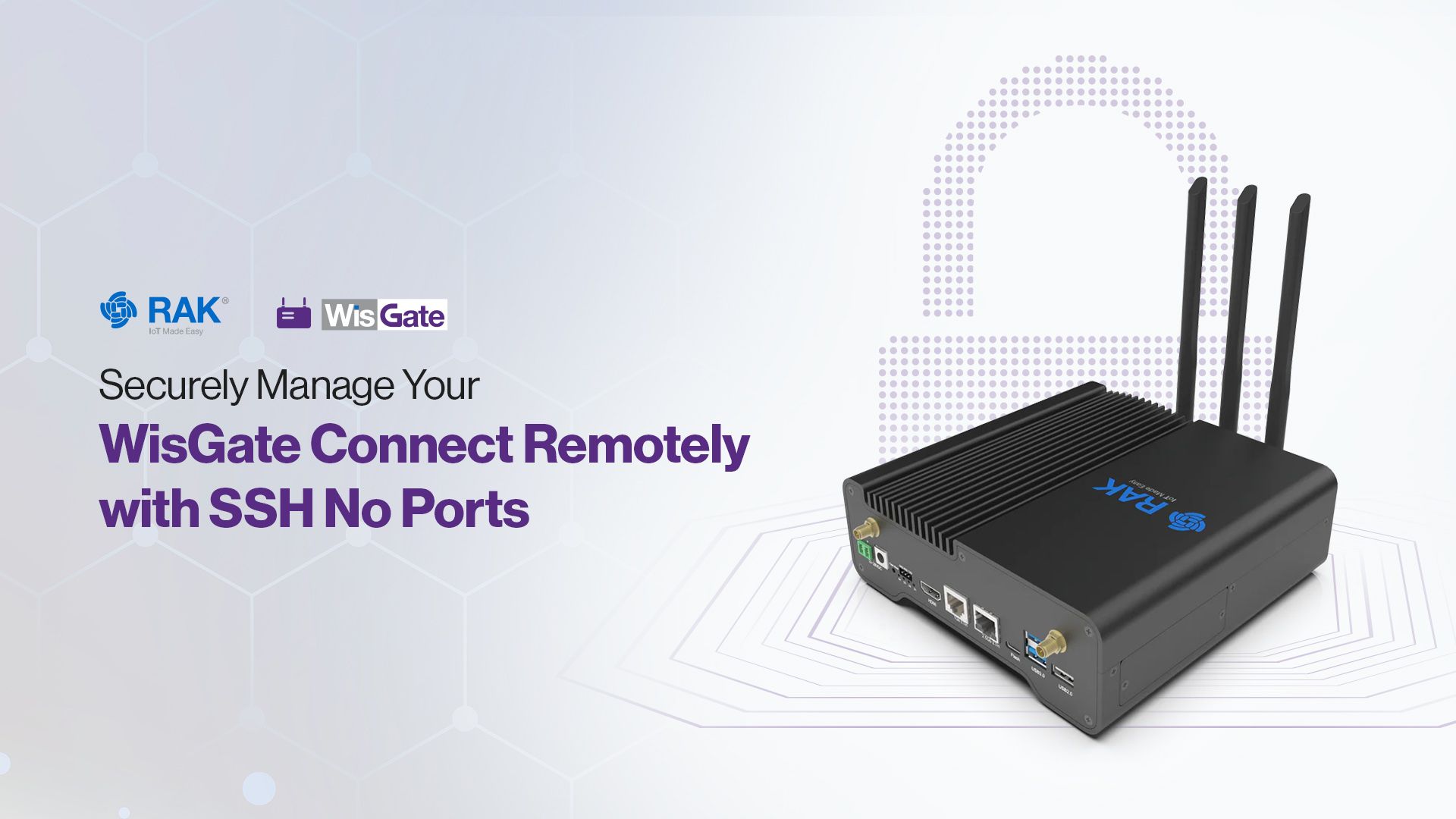Enhancing Security For Remote IoT P2P Networks
In the modern, interconnected digital landscape, ensuring secure connections for remote IoT peer-to-peer (P2P) networks has become a top priority for individuals and businesses alike. As the Internet of Things (IoT) continues to expand at an unprecedented rate, the importance of safeguarding device communications cannot be overstated. The integration of peer-to-peer networks introduces additional complexities, necessitating robust security frameworks to address emerging challenges.
With the rapid proliferation of IoT devices, our daily interactions with technology have transformed significantly. From smart home solutions to advanced industrial automation systems, IoT devices are revolutionizing industries and enhancing everyday life. However, the exponential growth of connected devices also amplifies potential security risks. Without stringent security protocols, these devices become vulnerable to cyberattacks, leading to data breaches, unauthorized access, and severe privacy concerns.
Peer-to-peer (P2P) networks provide a unique architecture where devices can communicate directly without relying on centralized servers, offering advantages such as reduced latency and enhanced scalability. Despite these benefits, P2P networks introduce distinct security challenges that require careful consideration. This article explores the critical importance of securing remote IoT P2P networks, offering actionable strategies and best practices to protect your devices and sensitive data.
- Exploring The Life And Career Of The Iconic Hugh Grant
- Discovering The Charismatic World Of Sam Reid A Rising Star In Entertainment
Table of Contents
- The Crucial Role of IoT Security
- Exploring P2P Networks
- Potential Risks in IoT P2P Networks
- Core Security Considerations
- Securing Remote IoT Connections
- Best Practices for IoT P2P Security
- Effective Encryption Techniques
- Implementing Network Segmentation
- Monitoring and Threat Detection
- The Future of Secure IoT P2P Networks
The Crucial Role of IoT Security
IoT devices have seamlessly integrated into our daily routines, offering unparalleled convenience, efficiency, and automation. However, this integration also exposes us to potential security vulnerabilities. Safeguarding remote IoT P2P networks is essential to protect sensitive information and prevent unauthorized access. In an era where cybercriminals are continually refining their tactics, implementing comprehensive security measures is no longer optional but a necessity.
Consequences of Security Breaches
A security breach in IoT devices can lead to devastating consequences, including:
- Unauthorized access to confidential personal information
- Compromised network infrastructure, leading to widespread disruptions
- Financial losses resulting from stolen or misused data
- Damage to an organization's reputation and erosion of consumer trust
Exploring P2P Networks
Peer-to-peer (P2P) networks enable direct communication between devices without the need for centralized servers. This decentralized architecture offers numerous advantages, such as:
- Discovering Bernie Taupin The Man Behind The Iconic Lyrics
- Jesse Spencer A Journey Through Fame And Excellence
- Reduced reliance on intermediaries, enhancing autonomy
- Improved scalability and performance, ensuring smooth operations
- Lower operational costs, optimizing resource utilization
Despite these benefits, P2P networks present unique security challenges that must be addressed to ensure the integrity and confidentiality of transmitted data.
Potential Risks in IoT P2P Networks
While P2P networks offer significant advantages, they are not immune to risks. Some common threats include:
- Data interception: Unauthorized parties may intercept and exploit data exchanged between devices.
- Device compromise: Vulnerabilities in IoT devices can be exploited, granting attackers unauthorized access.
- Malware propagation: Malicious software can spread rapidly across P2P networks, causing widespread damage.
Addressing these risks requires a multi-layered security strategy that accounts for both device-level and network-level vulnerabilities.
Core Security Considerations
When securing remote IoT P2P networks, several fundamental considerations must be prioritized:
- Authentication: Verify the identity of devices to ensure only authorized participants can access the network.
- Encryption: Protect data during transmission using advanced encryption protocols to safeguard sensitive information.
- Access control: Establish stringent access control policies to regulate interactions between devices and limit potential threats.
These foundational measures are essential for building a secure IoT P2P environment.
Authentication Mechanisms
Authentication is a cornerstone of P2P network security, ensuring that only verified devices can participate. Common authentication methods include:
- Public Key Infrastructure (PKI), offering secure key exchanges
- Token-based authentication, providing dynamic and secure access tokens
- Biometric authentication, leveraging unique physical traits for enhanced security
Securing Remote IoT Connections
Protecting remote IoT P2P connections is vital to prevent unauthorized access and mitigate data breaches. This involves implementing robust security protocols and maintaining regular software updates to address emerging vulnerabilities.
Remote Access Protocols
Several protocols can enhance the security of remote connections, including:
- Secure Shell (SSH), ensuring encrypted communication for remote management
- Transport Layer Security (TLS), providing secure data transmission over networks
- Internet Protocol Security (IPsec), offering end-to-end encryption for network communications
Selecting the appropriate protocol depends on specific security requirements and performance considerations.
Best Practices for IoT P2P Security
Adopting best practices is essential for maintaining the security of IoT P2P networks. Key recommendations include:
- Regularly updating firmware and software to address known vulnerabilities
- Implementing strong password policies and multi-factor authentication (MFA) for enhanced security
- Conducting routine security audits to identify and resolve weaknesses proactively
By adhering to these practices, organizations can significantly strengthen their IoT P2P network defenses.
Device Management
Effective device management is critical for maintaining network security. This involves:
- Monitoring device activity to detect and respond to suspicious behavior promptly
- Enforcing timely firmware updates and patches to address emerging threats
- Removing unauthorized or compromised devices from the network to prevent further damage
Effective Encryption Techniques
Encryption is pivotal in securing data transmitted between IoT devices within a P2P network. Common encryption methods include:
- Advanced Encryption Standard (AES), offering robust symmetric encryption
- Rivest-Shamir-Adleman (RSA), providing secure asymmetric encryption
- Elliptic Curve Cryptography (ECC), delivering efficient encryption with lower computational overhead
Selecting the appropriate encryption technique depends on factors such as performance requirements and computational resources available in IoT devices.
Implementing Network Segmentation
Network segmentation involves dividing a network into smaller, isolated segments to minimize the spread of potential threats. This approach enhances security by:
- Reducing the overall attack surface
- Containing breaches within specific segments, limiting their impact
- Improving monitoring and control capabilities for enhanced network oversight
Implementing network segmentation is a strategic measure to fortify IoT P2P networks against cyber threats.
Monitoring and Threat Detection
Continuous monitoring and threat detection are indispensable components of a secure IoT P2P environment. This includes:
- Deploying intrusion detection systems (IDS) to identify and respond to suspicious activities
- Implementing real-time monitoring tools to track network behavior and detect anomalies
- Conducting regular vulnerability assessments to stay ahead of emerging threats
By maintaining proactive monitoring, organizations can swiftly identify and neutralize potential threats before they escalate.
The Future of Secure IoT P2P Networks
The evolution of securely connecting remote IoT P2P networks hinges on adopting emerging technologies and innovative solutions. Key trends to watch include:
- Blockchain for secure, decentralized communication between devices
- Artificial intelligence for advanced threat detection and predictive analytics
- Quantum cryptography for unbreakable encryption, ensuring long-term security
As technology continues to advance, staying informed and adaptable will be crucial for maintaining robust security in IoT P2P networks.
Emerging Technologies
Innovative technologies such as blockchain and artificial intelligence (AI) offer promising advancements in IoT P2P security. Blockchain provides a decentralized and tamper-proof method for securing data transactions, enhancing trust and transparency. Similarly, AI can elevate threat detection capabilities by analyzing complex patterns and anomalies in real-time, enabling proactive threat mitigation.
Conclusion
Securing remote IoT P2P networks is a multifaceted challenge that demands a comprehensive and proactive approach. By understanding the inherent risks associated with IoT P2P and implementing best practices, organizations can significantly enhance the security of their networks. To ensure robust protection, remember to:
- Implement strong authentication and encryption protocols
- Regularly update firmware and software to address vulnerabilities
- Conduct routine security audits and maintain continuous monitoring
We encourage you to share your thoughts and experiences in the comments section below. Additionally, explore other articles on our site for further insights into IoT security and related topics. Together, we can pave the way toward a safer and more secure digital future.
- Barry Weiss The Iconic Reality Tv Star And Auctioneer
- Understanding The Dynamic Bond Between Leo And Sagittarius

Securely Connect Remoteiot P2p Ssh

Securely Connect Remoteiot P2p Ssh

Securely Connect Remoteiot P2p Ssh